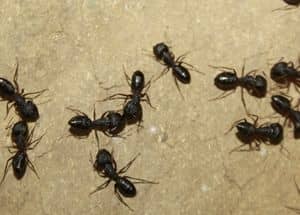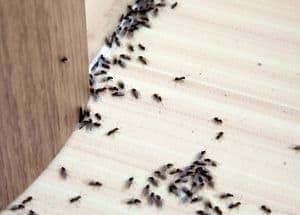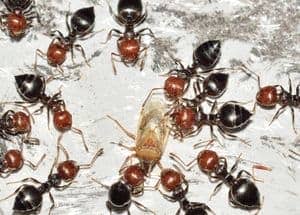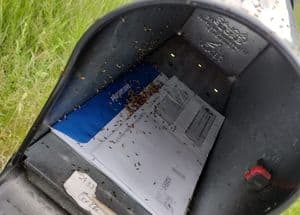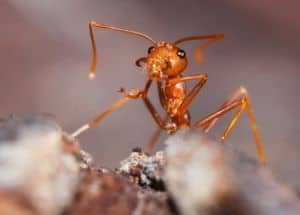Do Ants Sleep: You Might Not Expect That
Do ants sleep? They do, but not their sleep is more like a nap. The type and length of their sleep vary depending on the location and type of work they do. Ants are frequently cited as prime examples of diligent and effective workers. If you watch ants at different times of the day or … Read more

